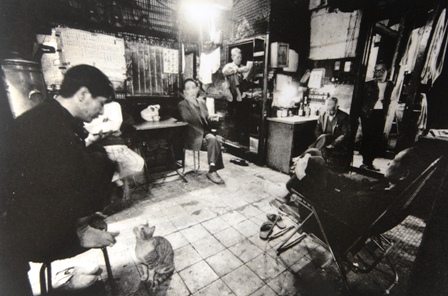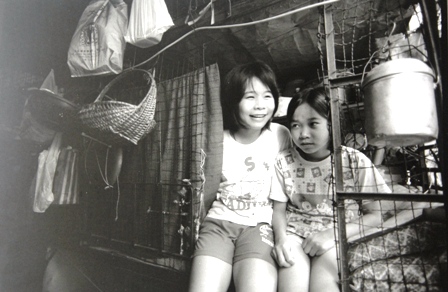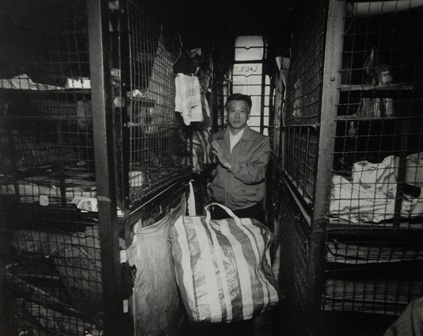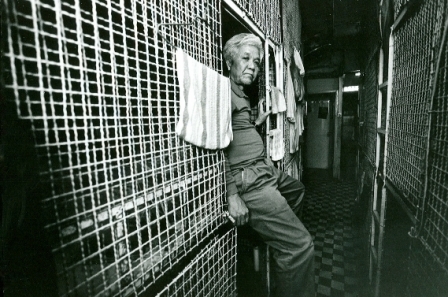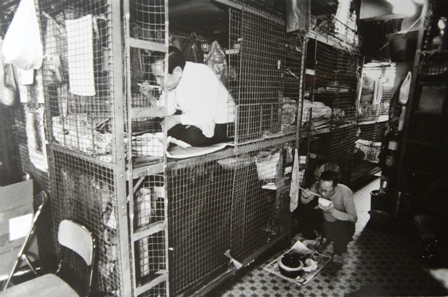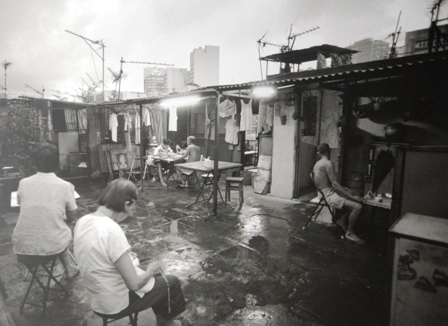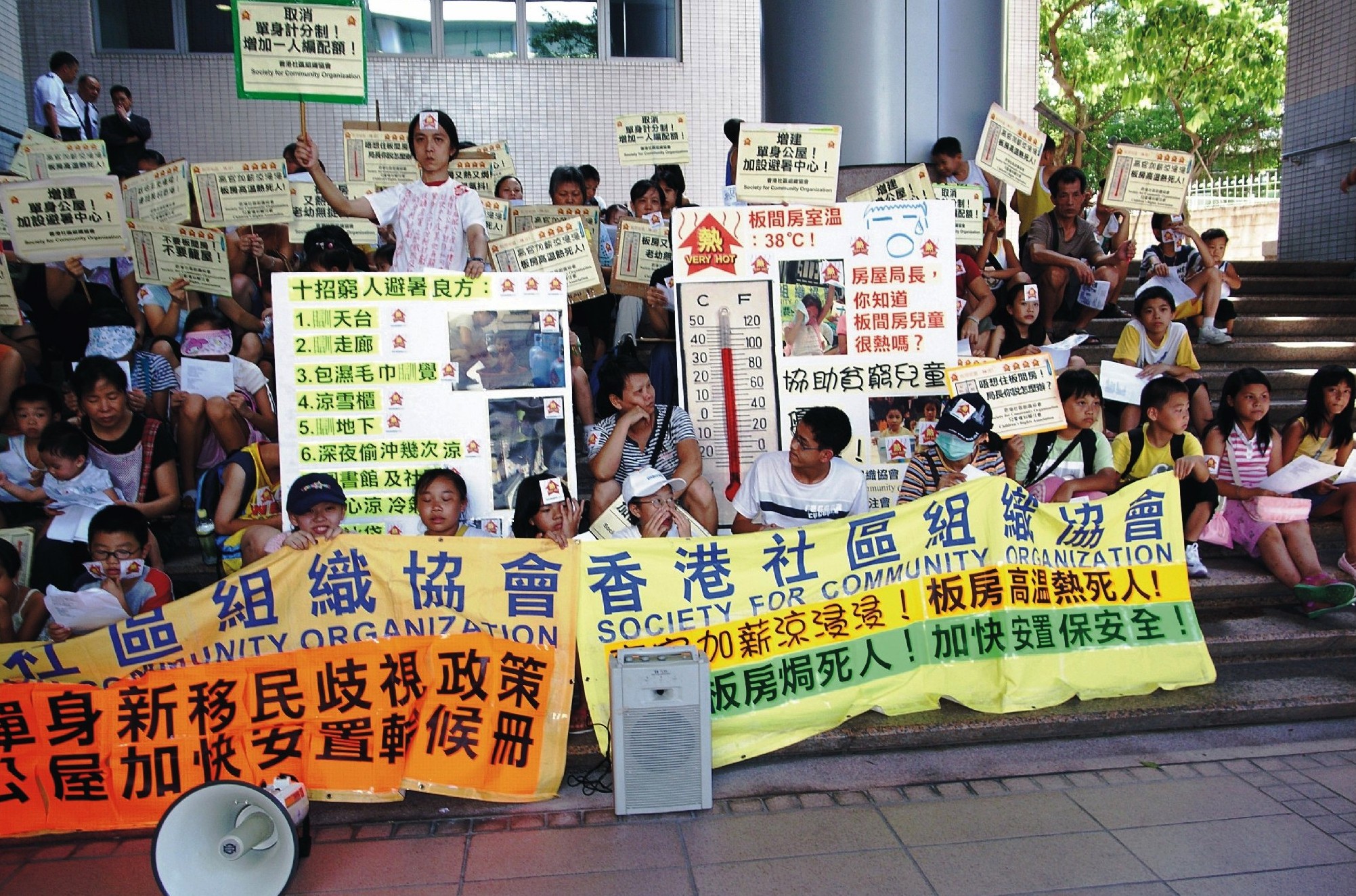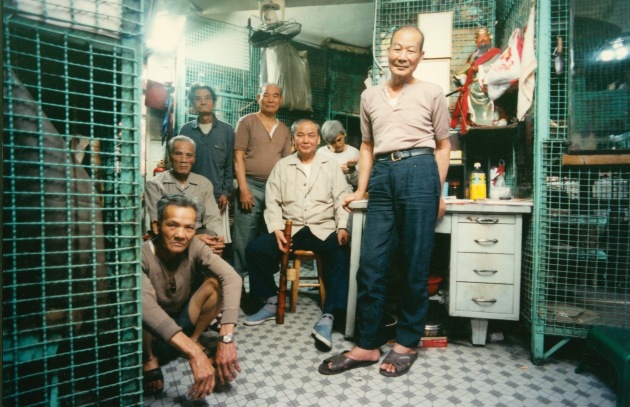
香港社區組織協會聯同ArtWalk將於12/3(三)至15/3(六)在中環Schoeni畫廊展出大角咀一間籠屋的一比一攝影裝置。是次展覽是2008年ArtWalk展覽系列之一。
ArtWalk是全港一年一度舉行的最受歡迎的藝術慈善活動,今年將於3月12日(星期三)晚上5時至12時舉行,55間中環、灣仔、香港仔、黃竹坑、銅鑼灣及太古城的畫廊參與是次活動,屆時參加者可以一邊欣賞藝術,一邊品賞美酒佳餚,門票收益捐助慈善團體(成人$420 學生$90),今年的受惠機構是香港社區組織協會。ArtWalk自2005年開始將門票收益捐贈香港社區組織協會,支持香港社區組織協會服務弱勢社群及推動人權工作。
根據統計處資料顯示,本港現時仍有十萬人居住於籠屋 及板間房 等環境擠迫、惡劣的不適切居所,生活困苦,急待改善。但政府對單身人士實施計分制及大幅削減公屋配額、對新移民實施申請公屋居港七年條件,無理延長公屋輪候時間,令這些貧困人士被迫繼續留居籠屋板房,籠屋板房問題難以解決。
根據香港社區組織協會2008年3月發表的「籠屋、板房及套房租住問題研究報告」,顯示受訪者的個人工資中位數只有$4,900,較本會2007年1月發佈的「籠屋及板間房研究報告」的$5,000低;相較全港月入中位數($10,000)更低超過一半, 可見經濟復蘇,貧困的籠屋、板房居民卻毫無得益,要勒緊肚皮捱通脹加租之苦,沒有租金管制法例之下, 租金呎價媲美豪宅,中位數30元,最貴達$50,貧窮情況進一步惡化。而2008年最新出爐的財政預算案卻對這些最困難最需要協助的私樓貧窮租戶視若無睹,在大家分享經濟成果時,貧窮租戶成了「五無」戶,無綜援、無薪俸稅、無差餉、無減租及無電費減,未能有所受惠,是政府最受忽視的一群。香港社區組織協會要求政府為居民提供租金津貼、重訂租金管制法例,加快公屋安置,取消單身計分制及新移民居港七年申請條件,取締籠屋及管制板房等。
是次展覽展示大角咀一間籠屋的實況,將現位於舊區大角咀的一間籠屋用一比一的攝影裝置在香港商業核心的中環展覽,突顯香港的貧富懸殊,希望藉此引起社會及政府對於籠屋居民的房屋及貧窮問題的關注及作出改善行動。
香港社區組織協會社工逐家逐戶探訪這些貧困戶,跟進他們的需要,組織居民爭取公屋安置及生活保障。每年協助過千戶籠屋板房居民成功獲配公屋,每年提供過千次房屋、就業及經濟諮詢服務。 展覽詳情如下:
日期: 2008年3月12日至3月15日(星期三至六)
時間: 10:30am - 6:30pm(12/3: 2pm至12am,15/3: 10:30am至4:30pm)
地點: 中環荷里活道27號地下Schoeni Art Gallery(中區警署斜對面)
網頁: www.hongkongartwalk.com
主辦: 香港社區組織協會(SoCO) & ArtWalk 2008是次展覽能成功舉行全賴ArtWalk的全力支持及Schoeni畫廊慷慨借出場地,還有理工大學多元媒體設計學生及Marc Brulhart & staff of Marc & Chantal Design等義工的協助,香港社區組織協會衷心感謝他們,尤其是ArtWalk的John Batten及Schoeni Art Gallery 的 Nicole Schoeni的無私奉獻及對弱勢社群的支持,並特別感謝ArtWalk 55間畫廊持續第四年籌款支持香港社區組織協會及弱勢社群,為弱勢社群及資源缺乏的香港社區組織協會雪中送炭。
